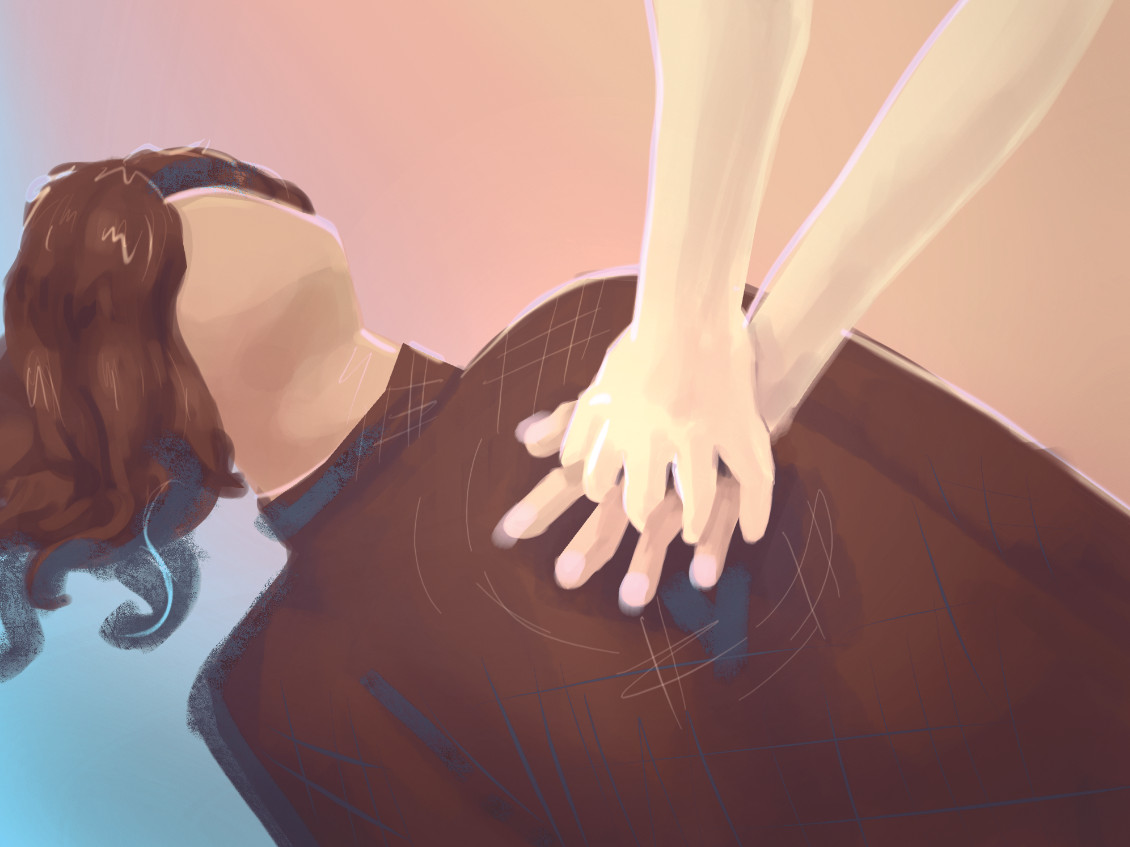Not enough students are actively learning basic life support, or BLS, which is easy to learn and has immense positive potential.
People may require resuscitation when they go unconscious due to a variety of health issues. Being away from home, college students are even more prone to forgetting medications, taking the wrong dosage or even overdosing, which could result in becoming unresponsive. An unresponsive patient is anyone who is not breathing and has no pulse — to put it plainly, dead. When someone goes unresponsive, the events that happen every second afterwards are extremely critical to getting them stabilized and averting permanent damage. This can all be prevented by straightforward responses like CPR, or Cardiopulmonary Resuscitation, and using and an AED, or Automated External Defibrillator, but only if students know how to perform those recovery skills. Getting certified in BLS is a selfless act in itself and should not only be done by pre-med students, but become a tool kit that everyone needs regardless of their career path.
Learning BLS is a skill that can be carried over into life after college. Although you do need to get your license renewed every two years, spending a few hours out of one day every two years is a small price to pay when someone is clearly in danger. In the workforce and going into day-to-day activities, you never know what could happen to the people around you. Jumping into action when someone is clearly in distress can save someone’s life in a matter of seconds. As students, it is important that we learn this skill and apply it to instances where people are in need.
In a BLS class, you will learn how to identify when someone is in trouble and how to respond. Rather than just studying chest compressions, a good chunk of time will be taken up by learning how to assess a situation when someone is in need and what to do in different scenarios that are unsafe. By the end of the course, you will be able to perform high quality chest compressions and use an AED. After practicing on a mannequin, you will then roleplay real world scenarios to make sure that you remember all the steps when the unthinkable happens. Although this sounds very simple, learning these skills can make a drastic difference to someone’s quality of life.
When someone is clearly in trouble, every second counts. Getting certified only takes a few hours, and classes are available to UTD Red Cross members every month to receive free BLS certification training. Join the organization and go to their free classes. What better use of your time is there than learning to save a life?






